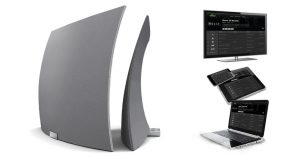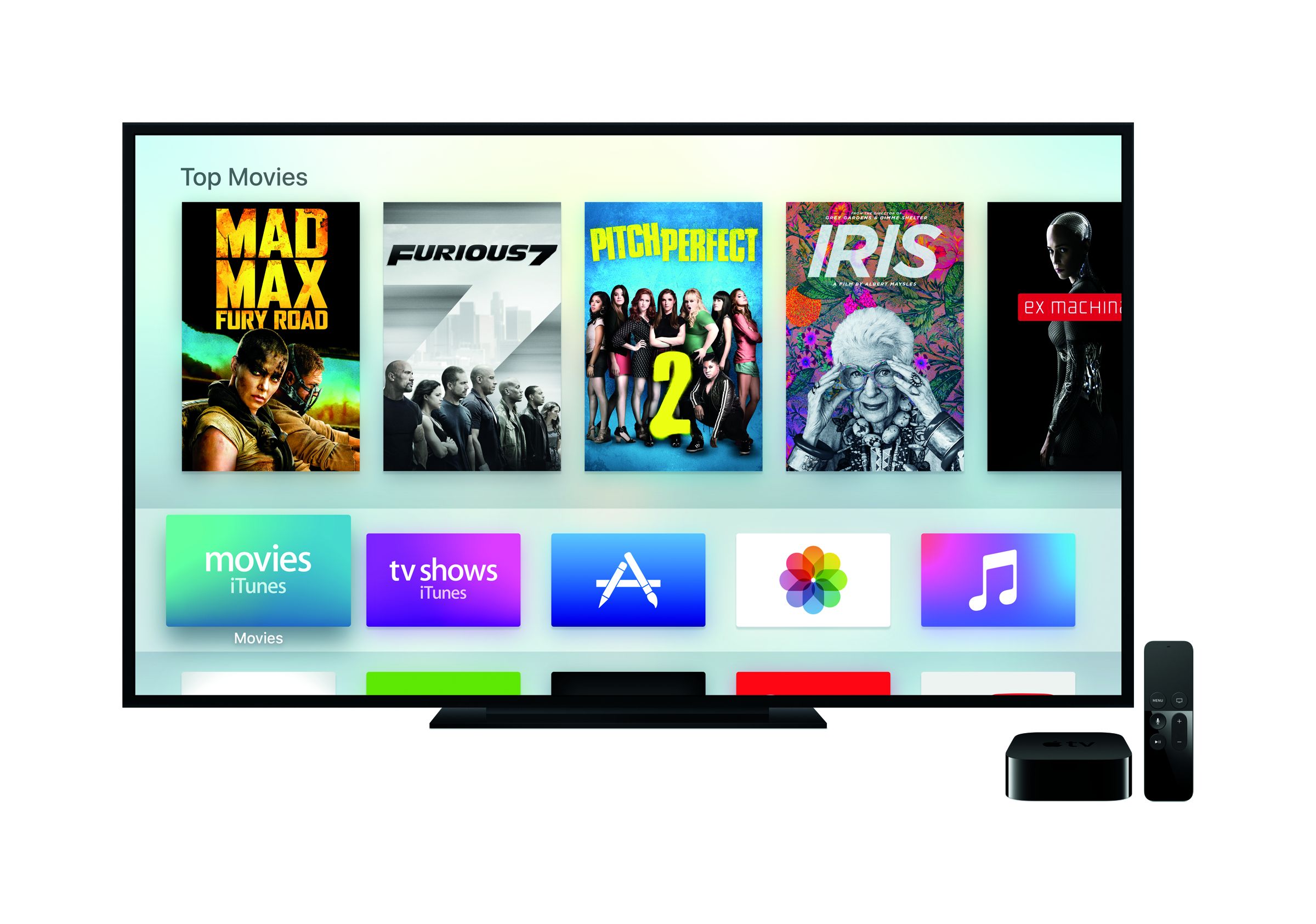Articles
Mohu’s wireless AirWave antenna makes cord-cutting simple | Engadget
Attention cordcutters: Mohu AirWave bundles your local TV channels into handy app form | CNET
From the horse’s mouth
Mohu
Product Page – AirWave
My Comments
The Winter CES 2017 in Las Vegas has shown up one of the first “broadcast-to-LAN” indoor TV antennas for the North American ATSC-based over-the-air TV landscape.
Mohu are pitching this device at the current generation of “cord-cutters”, who are an increasing number of American households that are dumping traditional cable or satellite TV services for classic over-the-air TV and Internet-provided “over-the-top” video services.
But unlike Europe, Australia, New Zealand and other countries where a healthy traditional free-to-air TV service is regularly received and just about every building maintains an outdoor TV aerial (antenna) or “master antenna TV system” for larger buildings, most of urban USA have headed towards a “cable-only” approach since the 1980s with buildings not having these TV aerials. What is now happening is that most American households who want to dump cable TV are connecting their TVs to indoor TV aerials to receive the local TV channels.
Mohu are offering a range of improved “flat-plane” indoor TV antennas that are able to provide better reception than the traditional “rabbit’s ears” or spiral-shaped indoor TV antenna that typically was used to do this job. Here, they have built this design from a radio-antenna design for military vehicles that they worked on where the antenna for the vehicle’s radio equipment is part of its mudflaps.
The AirWave device is infact a broadcast-LAN server which can stream over-the-air TV in to one’s existing Wi-Fi network so it can be viewed on a laptop, tablet or smartphone thanks to a Mohu-designed app. The native app for the supported mobile and TV platforms or the Website provides an aggregated view of the content offered by the local free-to-air stations and the over-the-top TV services.
There still are some questions to be raised about the Mohu AirWave as a broadcast-LAN device. One of this is whether it uses more than one front-end tuner. If it does, it could be feasible to watch or record multiple broadcasts concurrently. Another question that would be raised is whether the Mohu AirWave can expose the local TV channels in an open-frame manner like SAT-IP or DLNA. This can allow other companies to develop their own software or exploit existing software to view or record TV content rather than relying on Mohu’s front-end app or Webpage. Similarly, it may be worth wondering whether this device uses an Ethernet connection to allow for reliable network connectivity when you use it with an Ethernet or HomePlug powerline network segment.
It may be feasible to think of this broadcast-LAN antenna device as being just fit for “cord-cutting” but it can do more than that. Even if this device isn’t its own Wi-Fi access point, you can have it work with a Mi-Fi router to become part of a mobile Wi-Fi network. For example, using it with a tablet or laptop computer could make it serve as a temporary TV-viewing setup for doing something like keeping tabs on that sports fixture or news event at the office or job site during the lunch break.
Mohu could also court the European/Australian/New-Zealand market with the AirWave broadcast-LAN TV antenna by offering a DVB-T/DVB-T2 variant that can receive the free-to-air broadcast stations offered in these territories using this standard.
What is being shown here is that the concept of a broadcast-LAN tuner setup which exposes TV broadcasts to a home or other small network is being extended to traditional broadcast TV through a device that is more than just “rabbit’s ears”.


